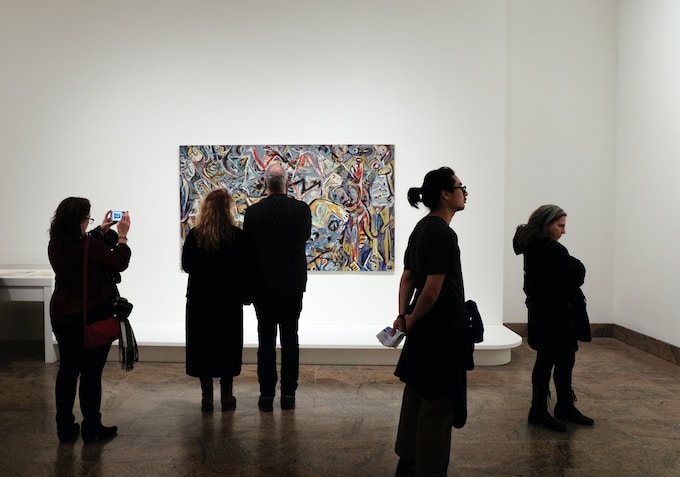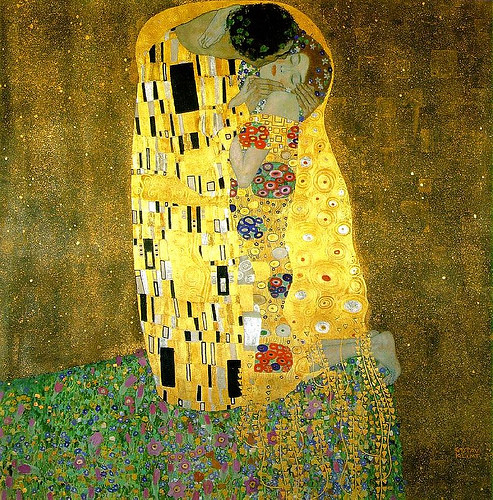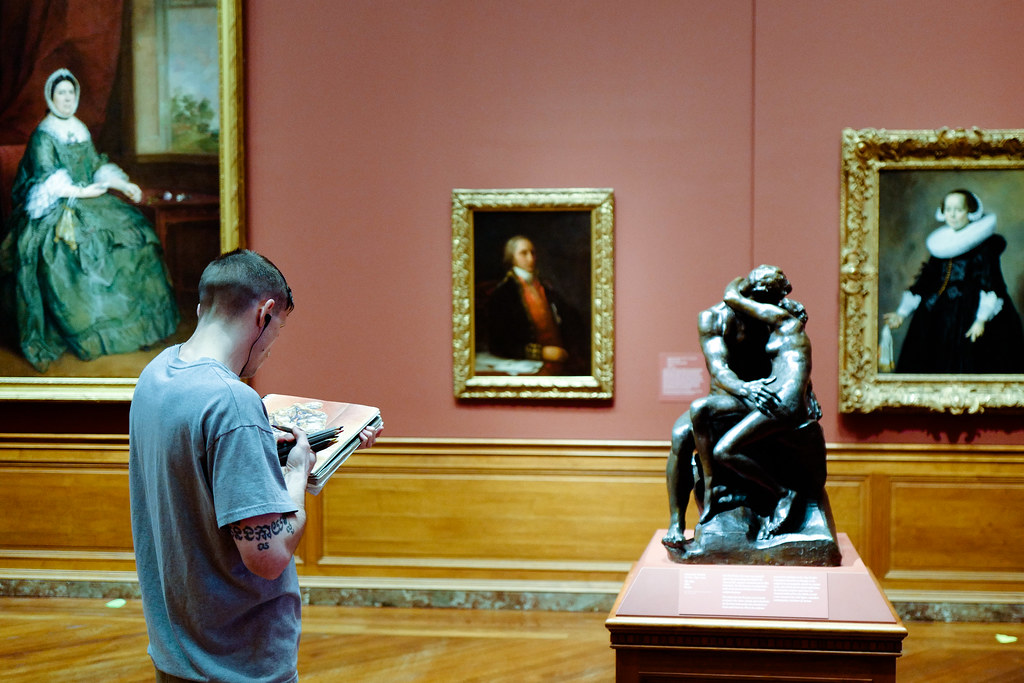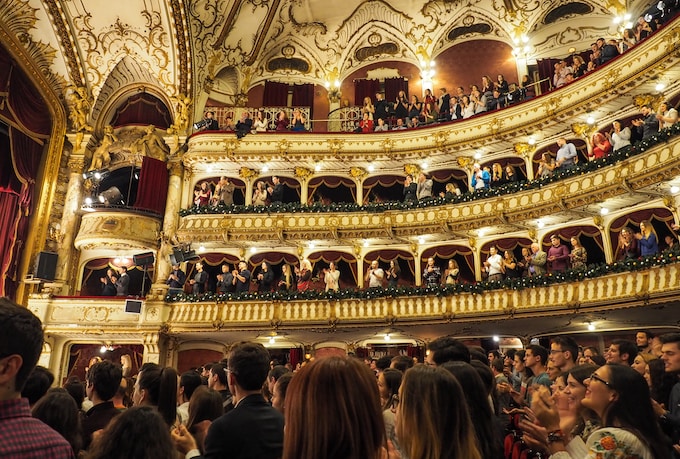Infidelity has been a major theme in art since ancient times.
From sculptures depicting adulterous relationships to operas celebrating them, art has continuously explored the complexity and emotionality of infidelity and adultery. As creative works often serve as an expression of real-life situations, many historical and contemporary artworks have explored the consequences of unfaithfulness.
At InfidelityHub, we are dedicated to understanding the complex topic of infidelity and the many ways it has been portrayed in art.
To do this, we have explored various art forms, including paintings, pictures, sculptures, ballads, literature, cinematography, and opera, to uncover the many ways infidelity has been represented throughout history.

In the following section, we will take a look at some of the most famous works of art related to infidelity and adultery.
We will begin with paintings, examining some of the most renowned pieces from renowned painters, such as Paolo Veronese, Nicolas Poussin, and Artemisia Gentileschi.
We will then look at some of the most famous pictures related to infidelity, such as Gustav Klimt's The Kiss and Nicolas Regnier's The First Kiss of Isaac and Rebecca.
We will also explore some of the most famous sculptures related to unfaithfulness, such as Auguste Rodin's The Kiss and Lorenzo Bartolini's The Penitent Magdalene.
Finally, we will examine some of the most renowned examples of ballads and opera related to infidelity, such as Anonymous' The Cruel Sister and Giacomo Puccini's Madama Butterfly.
We will also explore some more modern works of art related to the topic, such as Ana Mendieta's Petals of Fire and Louise Bourgeois' Oedipus Rex.
By exploring these various art forms, we will gain a better understanding of how infidelity has been portrayed throughout history and gain insight into how it has impacted humanity. So, let us begin our exploration into the diverse world of infidelity portrayed in art.
Paintings
Throughout the history of art, paintings have been used to represent, criticize, and memorialize important events and ideas. It is no surprise, then, that infidelity has been a prevalent topic depicted in paintings.
This section will explore several famous examples of paintings related to infidelity, from the 16th century to the 20th century.
The Adultery of King David by Paolo Veronese, 1570: This painting is an excellent example of how infidelity can be represented through art. In the painting, King David is seen surrounded by a group of people.
On the left, he is facing off against a woman who is pointing an accusing finger at him. On the right of the painting, we can see two people in a passionate embrace. The painting is a representation of the biblical story of David and Bathsheba, which tells of the moment King David commits adultery with Bathsheba and sends her husband Uriah to war, knowing he will likely be killed.
The painting captures the emotions of the moment; the accusing finger and the passionate embrace alluding to David and Bathsheba's infidelity.
The Seven Sacraments by Nicolas Poussin, 1648: This painting is another excellent example of how infidelity can be represented through art. In the painting, the viewer can identify several of the seven sacraments of the Catholic Church. However, at the bottom right of the painting, there is a scene of a man and a woman in a passionate embrace.
This scene alludes to the sin of adultery, which is in direct contrast to the holy scene unfolding above.
The painting can be interpreted as a comment on the hypocrisy of humans, and how we can be tempted by sin even in the presence of holiness.
These paintings capture how infidelity can be powerfully represented through art, and how it can be used to convey powerful emotions.
They demonstrate how creative works can often represent the feelings and emotions of a real-life situation.
In the next section, InfidelityHub will explore works of art related to infidelity in other forms, such as pictures, sculptures, ballads, and operas.
Pictures
One of the most iconic displays of infidelity in art is The Kiss by Gustav Klimt, painted in 1908. The painting portrays a couple embracing in passionate love, seemingly unaware of the outside world.

The woman is a representation of the seductress, with her full figure and seductive gaze, while the man is a representation of the betrayer, his head tilted back in ecstasy and ignoring his surroundings.
This painting has fascinated millions of people for decades and has become a symbol of unfaithfulness in art.
The First Kiss of Isaac and Rebecca by Nicolas Regnier painted in 1630 is another classic example of unfaithfulness in art.
The painting shows a man and a woman in an embrace, with the woman’s face hidden in the man’s shoulder, suggesting that she is trying to hide her infidelity. This artwork is a great example of how art can capture emotions and feelings in a single image.
The Lawyer's Office by William Hogarth painted in 1745 is an interesting example of infidelity in art. The painting shows a woman in a compromising position with a married man. The woman is seductively leaning against the man, while the man is looking away, uncomfortable with the situation.
The painting is a commentary on how infidelity can easily disrupt a relationship and the consequences that come with it.
Sculptures
The power of art extends beyond paper and paint, and into three-dimensional forms as well. Sculptures often reflect the realities of the world, and this is especially true when it comes to works of art dedicated to infidelity.
These sculptures will be explored in the following section.
The Kiss by Auguste Rodin is a masterpiece that conveys the raw emotions of passionate love, and has become a symbol of romance.

This sculpture shows the beauty of an amorous embrace, but it also hints at the potential for betrayal. The figures in the sculpture remain in a passionate embrace, unaware of the consequences that may befall them.
The Penitent Magdalene by Lorenzo Bartolini is a sculpture inspired by the story of Mary Magdalene. It shows the Magdalene in her penitential state, as she reflects upon the infidelity she has committed.
The sculpture is a powerful reminder of the consequences of infidelity, and the grim reality of its impact on society.
The Three Shades by Auguste Rodin is another sculpture that evokes feelings of betrayal. The sculpture depicts three figures in various stages of embrace, with one of them recoiling in despair.
The sculpture conveys the feeling of betrayal in a powerful way, and serves as a warning of what can happen when one is unfaithful.
Overall, these sculptures encapsulate the power of infidelity and the consequences it can bring. Through their powerful imagery, they convey the beauty of love, but also the danger it can bring if it is not respected.
Ballads
Ballads in the form of popular music have been around since the Middle Ages, and the topics of infidelity and adultery have long been a popular theme for storytelling. But even before lyrics were set to music, ballads were being created and shared orally and written down as tales of love, loss, treachery, and betrayal.
The anonymous ballad “The Cruel Sister” dates back to the 13th century and tells the story of two sisters, one of whom is murdered by the other over a stolen golden comb.
The ballad is believed to be a metaphor for the infidelity of a woman in a relationship, with the comb representing the man’s fidelity. It is a folk tale that has been passed down for centuries, and it is still popular today.
The 15th century ballad “The Wife of Usher’s Well” tells of a woman who is betrayed by her husband and forced to leave the home they shared.
The ballad is filled with sorrow and regret, as the wife is forced to watch her family suffer without her.
The song has been interpreted by many as a story of infidelity, with the husband’s unfaithfulness being the cause of the wife’s departure.
The 16th century ballad “Sir Patrick Spens” is a story of a Scottish sailor who is betrayed by a woman he loves.
The song is about heartache and loss, but it is also about the power of love to endure betrayal and pain. It has been interpreted as a story of infidelity, with the woman’s infidelity being the cause of Sir Patrick’s sadness.
In all three of these ballads, infidelity is used as a metaphor for the pain and sorrow of a broken heart.
These ballads have stood the test of time and are still popular today, as they are powerful reminders of the impact of infidelity on the human heart.
These ballads are just a few examples of how creative works have used infidelity as a powerful tool for storytelling.
From the Middle Ages to the present day, infidelity has been a popular subject for artistic expression. Whether it is a painting, a sculpture, a picture, or a ballad, infidelity has been used by artists to explore the complexities of human relationships and emotions.
Opera
Opera has long been an effective form of expressing love, suffering, and despair, and it is no surprise that infidelity has been touched on in many works of opera. Giacomo Puccini is a well-known composer who wrote some of the most renowned operas that revolve around infidelity.

Tosca is an opera written by Puccini in 1900. The story is set in Rome and follows the relationship between the singer Tosca and her lover Cavaradossi. In the opera, Tosca is forced to choose between sacrificing her lover or submitting to the advances of the chief of police, Scarpia.
The opera contains a tragic story of infidelity, as Tosca commits adultery with Scarpia and then kills him in revenge for Cavaradossi’s death.
Madama Butterfly is another famous opera by Puccini, written in 1904. The story follows a young Japanese woman, Cio-Cio-San, who is tricked into an arranged marriage with Lieutenant Pinkerton of the United States Navy.
Although Pinkerton loves Cio-Cio-San at first, he eventually abandons her and her child to marry an American woman, leaving Cio-Cio-San heartbroken and betrayed.
Carmen is an opera written by French composer Georges Bizet in 1875. The story follows the passionate gypsy Carmen, who is desired by two men, Don José and Escamillo.
Although Don José is in love with Carmen, she spurns him and falls in love with Escamillo, leading to José’s violent revenge. The opera contains a tragic love story and theme of infidelity, as Carmen and Escamillo are unable to be together due to her prior relationship with José.
Each of these works of opera demonstrates how infidelity can have annihilating effects on relationships. Through passionate music and rich characters, these operas explore the complex emotions and difficult decisions often associated with infidelity.
These stories, along with many others, have made opera an art form that is effective in depicting the tragedy and complexity of infidelity.
Modern Art
The world of modern art is rich with works of art that explore the depths and complexities of infidelity.
An exploration of modern art forms reveals a wide range of creative and thought-provoking works that explore the theme of infidelity.
One of the most renowned works of art related to infidelity is Petals of Fire by Cuban-American artist Ana Mendieta.
This 1978 work is a series of photographs depicting the artist in a state of intimate embrace with a man. The photographs capture the moment of passion, but also reveal the fragility of the relationship.
The title of the work itself alludes to the impermanence of the relationship, as the petals of fire will eventually burn out.
Louise Bourgeois' 1982 sculpture Oedipus Rex is a representation of the Greek myth of Oedipus, where he unknowingly kills his father and marries his mother. The sculpture reflects on the notion of infidelity, as well as the consequences of such actions. The sculpture serves as a visual reminder of the perils of infidelity and how it can have far-reaching effects.
In 1966, Yoko Ono released her avant-garde work of art, Je t'aime. This work of art was intended to explore the complexities of love and infidelity. The piece consists of a series of photographs that depict Ono in various states of love and intimacy. The work is intended to explore the complexities of relationships, and the boundaries that are crossed when one is unfaithful.
Each of these works of modern art explores the idea of infidelity in different ways. They provide a creative and thought-provoking look at how infidelity has been portrayed in art throughout history.
The works also allow us to reflect on the broader implications of infidelity and its impact on humanity. Ultimately, these works of art provide an opportunity to explore and reflect on the concept of infidelity.
Conclusion
Adultery and infidelity have been explored in various art forms throughout the ages. From paintings to sculptures, pictures to ballads, opera to modern art, one can find examples of infidelity in almost every artistic expression.
This exploration of infidelity demonstrates the significance of this theme in our lives. Whether it is the tragedy of a king’s fall from grace, the Adultery of King David, or the romantic drama of a soldier’s love for a geisha, Madama Butterfly, artists have always been fascinated by the emotion of betrayal.
The impact of infidelity on humanity remains evident in these works of art, as we can see in the tragic tale of Je t'aime by Yoko Ono, or the stinging symbolism of The Penitent Magdalene by Lorenzo Bartolini.
The resounding message in these artworks is that what we do has consequences, and that infidelity can have devastating effects.
The works of art related to infidelity provide us with a window into the human experience. Even though the artistic expression of infidelity may differ across different cultures and time periods, the underlying theme remains the same. In exploring these works of art, we can gain insight into how infidelity has shaped our lives and our relationships.
Finally, the exploration of infidelity in art serves as a reminder of our mortality. As the artist William Hogarth said, “The art of painting is just an imitation of life, with all its miseries and its joys.” Through the lens of infidelity portrayed in diverse art forms, we can come to understand the beauty and the tragedy of life.
